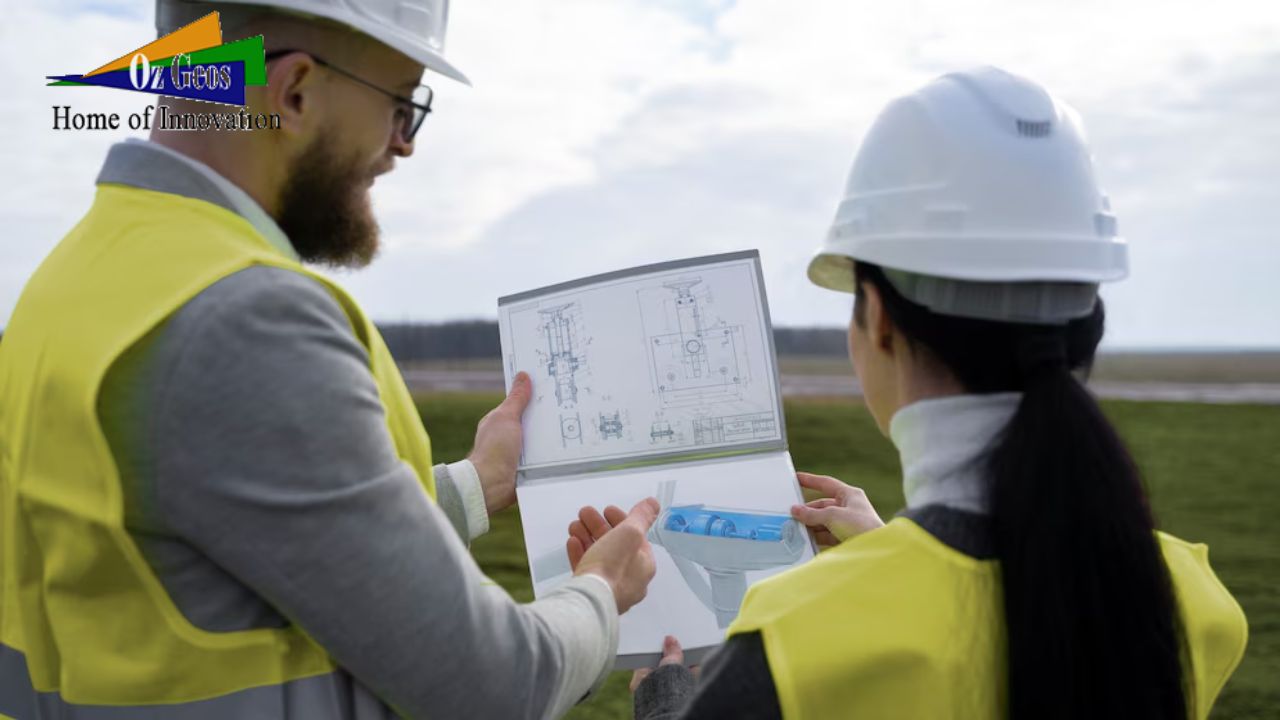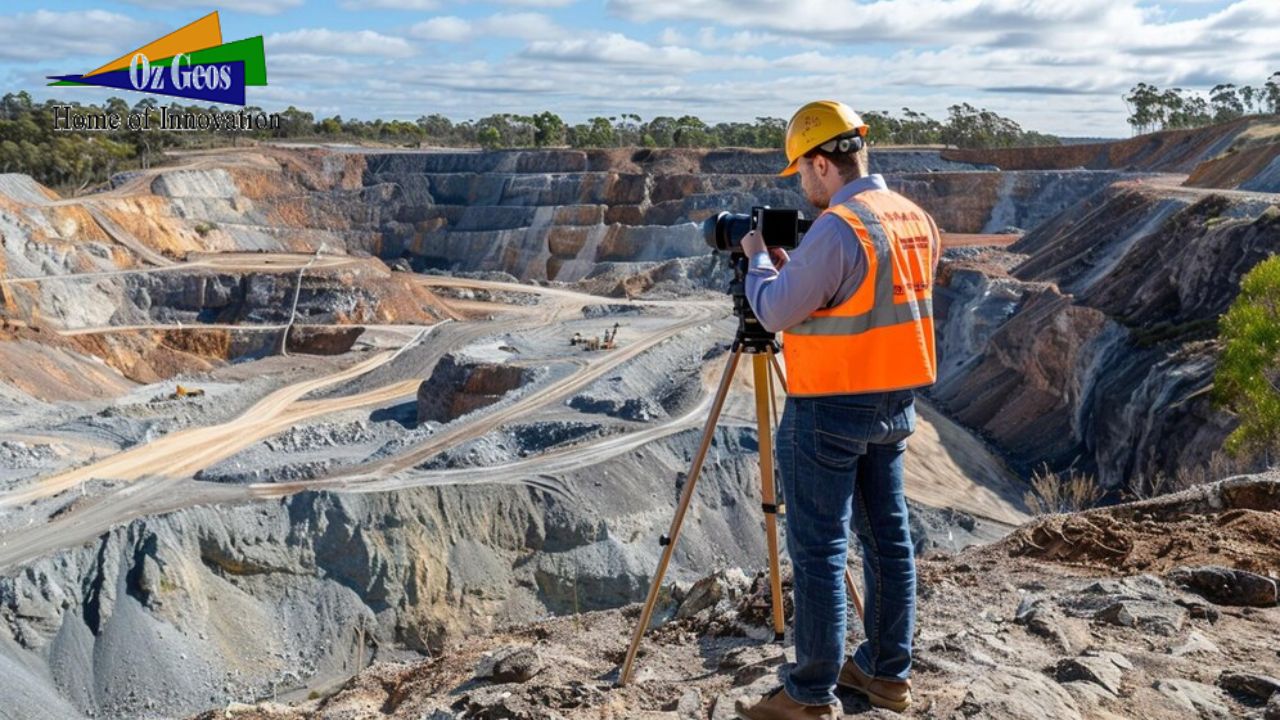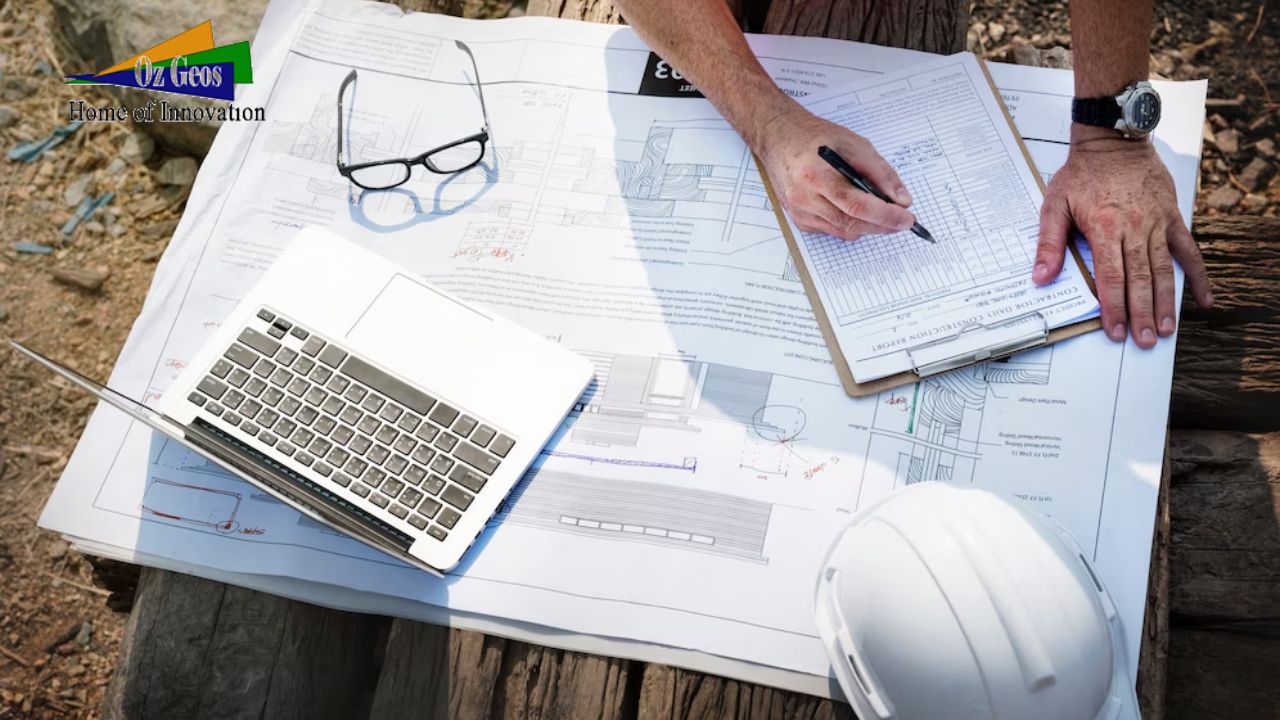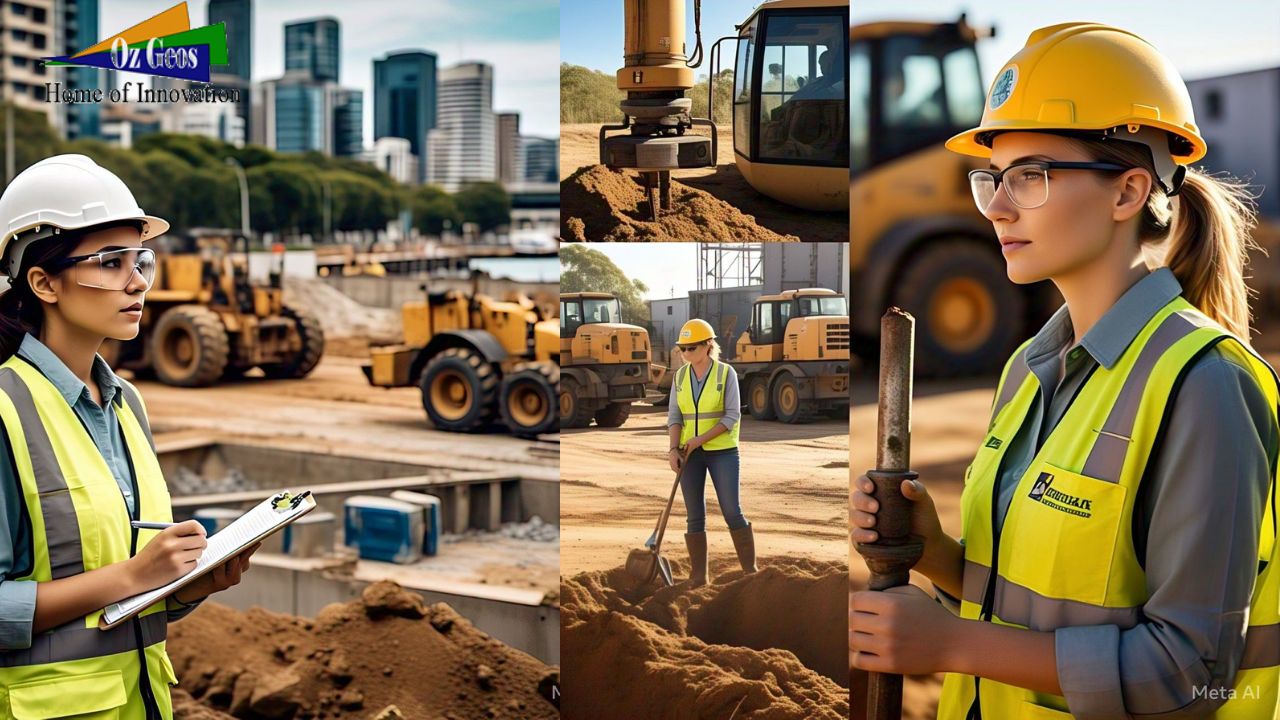Common Geotechnical Engineering Challenges and Solutions
Geotechnical engineering is a branch of civil engineering that deals with the behavior of earth materials and the application of those principles to the design and construction of foundations, retaining structures, embankments, dams, and other infrastructure. Geotechnical engineers face a wide range of challenges, from dealing with weak and unstable soils to designing structures that can withstand earthquakes and other natural disasters.
Common Geotechnical Engineering Challenges
Some of the most common geotechnical engineering challenges include:
- Weak or unstable soils: Some soils, such as soft clays and silts, are not strong enough to support the weight of structures. These soils can also be unstable and prone to failure, especially when saturated with water.
- Expansive soils: Expansive soils expand and contract when they absorb or lose water. This can cause damage to foundations and other structures.
- Collapsible soils: Collapsible soils collapse when they are loaded or when their moisture content changes. This can also cause damage to structures.
- Ground water: Ground water can weaken soils and cause them to fail. It can also corrode foundations and other structures.
- Slope instability: Slopes can become unstable and fail due to a variety of factors, such as erosion, heavy rainfall, and earthquakes.
- Liquefaction: Liquefaction occurs when saturated soils lose their strength and behave like a liquid. This can happen during earthquakes or other events that cause strong ground shaking.
Solutions to common geotechnical engineering challenges:
Geotechnical engineers have developed a variety of solutions to the challenges listed above. Some of the most common solutions include:
- Ground improvement: Ground improvement techniques can be used to strengthen weak or unstable soils. This can be done by adding geosynthetics, such as geogrids and geotextiles, to the soil or by injecting the soil with cement or other materials.
- Deep foundations: Deep foundations, such as piles and caissons, can be used to transfer the load of a structure to deeper, stronger layers of soil.
- Retaining structures: Retaining structures, such as retaining walls and gabions, can be used to support slopes and prevent them from failing.
- Drainage: Drainage systems can be used to lower the ground water level and reduce the risk of slope failure and liquefaction.
- Seismic design: Geotechnical engineers can design structures to withstand earthquakes and other natural disasters. This includes designing foundations that can withstand strong ground shaking and retaining walls that can support landslides.
Conclusion
Geotechnical engineers play a vital role in ensuring the safety and reliability of our infrastructure. By understanding the behavior of earth materials and using innovative solutions, geotechnical engineers are able to overcome the challenges posed by weak and unstable soils, ground water, and natural disasters.
Here are some examples of how geotechnical engineering challenges have been overcome in real-world projects:
- The Burj Khalifa in Dubai: The Burj Khalifa is the tallest building in the world, and it is built on soft clay soils. Geotechnical engineers used a variety of techniques to strengthen the soil and support the weight of the building, including deep foundations and ground improvement techniques.
- The Golden Gate Bridge in San Francisco: The Golden Gate Bridge is located in a seismically active region, and it is also built on soft clay soils. Geotechnical engineers designed the bridge to withstand earthquakes and other natural disasters. They also used deep foundations to support the weight of the bridge and to prevent it from sinking into the soft clay soils.
- The Panama Canal: The Panama Canal is a vital shipping route, but it is located in a region with unstable soils and heavy rainfall. Geotechnical engineers designed the canal to withstand these challenges. They also used a variety of techniques to protect the canal from landslides and other forms of soil failure.
These are just a few examples of how geotechnical engineering is used to overcome challenges and build safe and reliable infrastructure.































